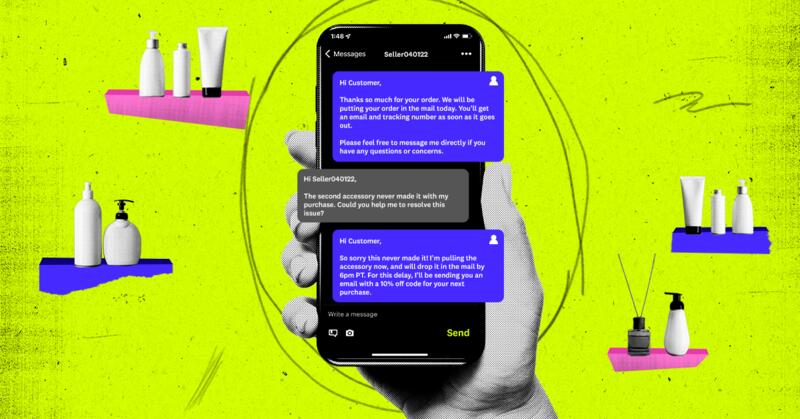When it comes to ecommerce, last year in China often means this year (or next) in the U.S. Numerous online shopping trends have swept China before landing stateside one or two years later. This is happening now with super apps (e.g., WeChat and Doordash), meaning platforms that customers initially use for one purpose (like ordering food delivery) and then end up using for other types of transactions too (like ordering flowers or dog food). I’ve also written about the impending arrival of live shopping, aka shopatainment, which has proven to be extremely disruptive to China’s retail landscape. We’re starting to see live shopping surface in the U.S., especially as social platforms integrate shopping — but the trend is only in its early days and nowhere near as pervasive as it is in China.
Another Chinese trend I’m studying closely, which I believe could be on the horizon for American ecommerce, is called private traffic. It’s a customer relationship management (CRM) strategy that emphasizes direct communication between brands and customers. Unlike with super apps and shopatainment, I suspect the American version of private traffic will look very different from China’s for two reasons: Western marketers still rely heavily on email, and our communication methods are fragmented across different channels (e.g., email, SMS, WhatsApp, and DM).
In the U.S., email marketing is the default way for brands to initiate and maintain relationships with customers, and it has been for years. But email isn’t popular in China — a lot of people use WeChat for all of their messaging needs, including for business. Private traffic is basically what Chinese brands came up with as an email-free equivalent of email marketing, and it seems to be an even better engagement tool. Why? Because private traffic enables two-way conversations. Customers expect a real back and forth whenever they communicate with brands, and in some cases interact not only with other brands but also with other customers. In fact, some of the most popular private-traffic strategies could double as a crash course in how to incorporate community into the product experience — something that’s become a priority, and a challenge, for many American brands.
***
Imagine being an American brand in 2022 and not having the option of using email to reach customers to promote new products, announce big sales, or send order and shipping confirmations. That was the scenario in China, where mobile phone users check their email 22% less than global users on the whole, according to Deloitte’s 2018 China Mobile Consumer Survey. A 2017 WeChat behavior report found that about 88% of the 20,000 respondents surveyed used WeChat daily for work, compared to 22.6% using email. Low email penetration, combined with data privacy practices, forced Chinese brands to find an alternative engagement strategy.
The solution was private traffic, an umbrella term for various forms of digital brand outreach that are much more personalized than the one-to-many, one-way email marketing model we’re used to. The traffic is “private” because brands fully own the channels where they communicate with customers and can contact those customers anytime, as opposed to conversations transpiring on third-party sites (like Instagram and TikTok). Popular forms include customer group chats; one-on-one messaging chats; shopping groups on the retail marketplace Taobao; a brand’s own store, website, or app; and brand mini-programs, which are third-party app-like experiences that live inside WeChat and don’t require customers to download anything.
Here’s one example of how private traffic might work:..


